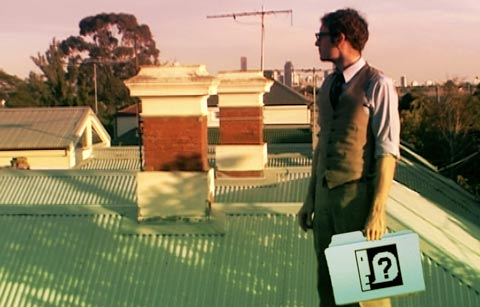Bookmarks are particularly useful when they can be found again. This is part of what makes the social bookmarking service, delicious.com, such a natural extension of memory – there are many, messy pathways to trace back your steps ( find a site by the date you bookmarked it, by tagged topic, by combination of topics, from suggestions by friends etc). If you can even vaguely remember a site previously bookmarked, chances are it can be found again. That plenty of people recognise delicious.com as a great service – and can access each other’s bookmarks / research / interests in a variety of convenient ways, means that people are inevitably distraught that Yahoo are looking to sell delicious and have stopped developing it. Pinboard.in ( lacking the social functions of delicious ) and diigo.com seem to be the 2 highest profile contenders for people to jump ship to so far.
Telephonics
Turns out I can’t find the bookmark I want today though – which is a great photo essay of sorts, looking at all the technologies behind making a mobile phone call, detailing the wider processes and components involved, and displaying photographs of the landscapes where each of these elements have originated from. Something along the lines of sourcemap.org – who believe ‘that people have the right to know where things come from and what they are made of’. Or a bit like storyofstuff.com, or the behind the scenes look at the Foxconn plant in Shenzen, China – where the people who assemble iPhones have been committing suicide, or even a href=”http://goo.gl/DeMZK”>’where cellphones go to die’. Or maybe like a collection of photos at chrisjordan.com (as well as industrial waste, he’s also famous for documenting a haunting series of bird skeletons with stomach cavities full of plastic debris). Or like a web-doco version of that Manufactured Landscape documentary by Ed Burtnsky, who manages to capture the alien proportions of our industrial processes and discards.
“Where is all this natural material going, where does it get formed into the products that we buy? .. That’s when I became interested in photographing the industry itself, the first point of contact for these materials and where they coalesce and turn into these products that go around the world,” said Ed, a while ago in Wired magazine.
To be sure, to be sure.. it’s a compelling essay. Figured it might’ve been somewhere at everyone’s favourite imaginatively extrapolating about architecture blog, but can’t seem to nail the right keyword for it. Do you remember it?

